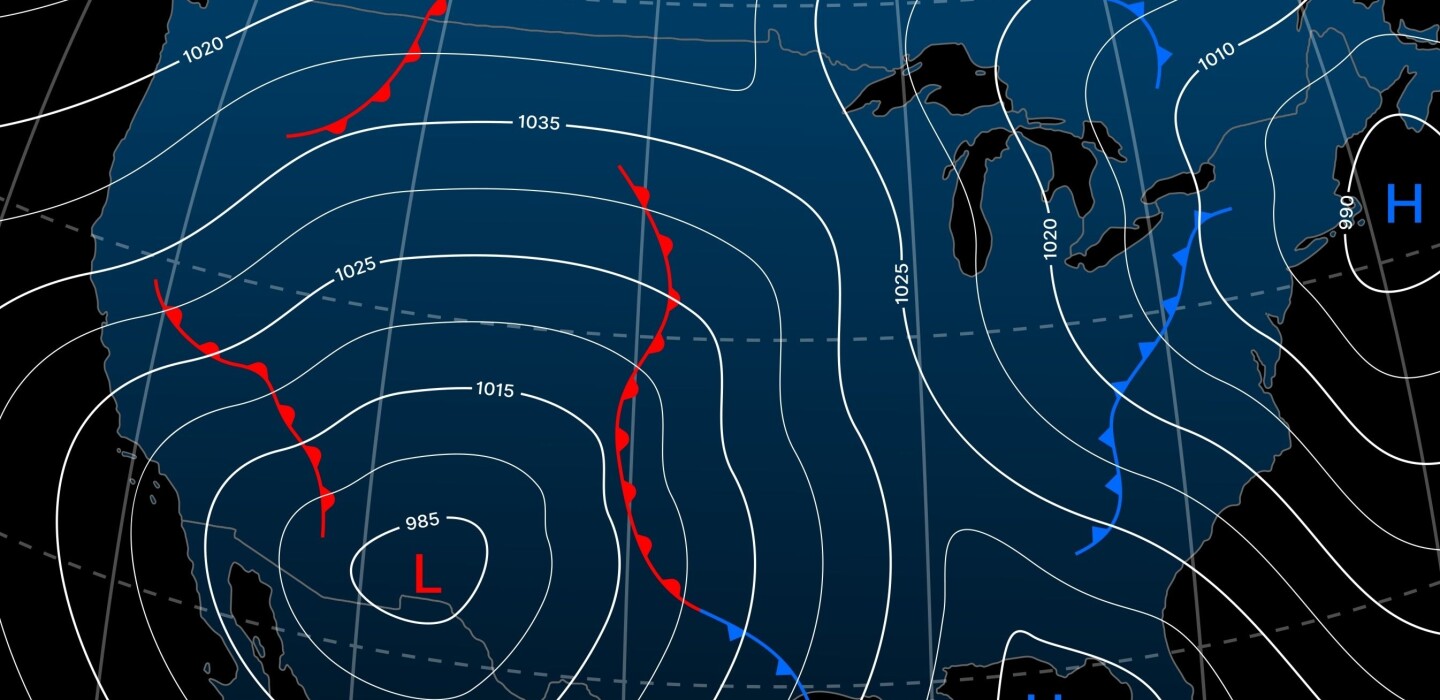
County Dashboard Helps Residents Plan for Extreme Weather
(TNS) — The launch of a new dashboard aimed at informing Eau Claire County residents of threats due to weather or other conditions has officials promising “up to the minute information” to keep residents safe.
The dashboard relies on geographic information systems (GIS) a technique that allows online maps to display varying information. In a release announcing the dashboard, County Emergency Management Coordinator Tyler Esh said GIS is “becoming a normal operating tool in disaster preparedness, response, and recovery.”
Valeri Desio, the county’s emergency management program assistant, said by email the department now has two people with the skills to operate in a GIS environment, meaning it can step up efforts to use the technology.
“GIS allows us to take data maintained by other agencies (NWS, DNR, NOAA, etc.) and make the data easily digestible. In the past, our day would consist of going to NWS to review the weather forecast and review each of the river gauges. Then we would go to the DNR Fire dashboard to view the current fire hazard, any burn restrictions, and any wildfire or controlled burns for surrounding areas,” she said. “Now with our own Hazard Dashboard, we pull the data directly from those agencies into one page for us and focus that data to only the areas that we are concerned about.”
There are near-term ramifications for the work. Eau Claire County is beginning work on updating its Hazard Mitigation Plan, and the issues that work identifies will be incorporated into the dashboard.
The technology could also apply in theoretical events the county is concerned about. In 2023, the county had an exercise to play out events in a hypothetical long-term power outage. Desio said the county spotted “a gap in maintaining situational awareness and dissemination of information to the public” during the exercise.
The dashboard can be set to display outage locations, allow the county to analyze where critical infrastructure and vulnerable people are, and show the public where warming shelters and supply distribution points are.
“Once we have everything on the map and make it visible, the public can go to a specific website to get information related to the incident and can search an address to see if they are in the shelter-in-place or evacuation zones,” she said.
The announcement included praise for county officials allowing staff to pursue involvement in organizations that emphasize these kinds of tools. Esh is president of the Wisconsin Emergency Management Association, an alternative representative for the state in the International Association of Emergency Managers for Region V, and serves on FEMA’s Region V advisory council and the IAEM state president’s caucus.
Knowledge of these GIS programs wouldn’t be possible except for the fact that county administration allows staff to pursue leadership roles at the state and federal level, Esh said.
©2024 the Leader-Telegram, Distributed by Tribune Content Agency, LLC.


Average Rating